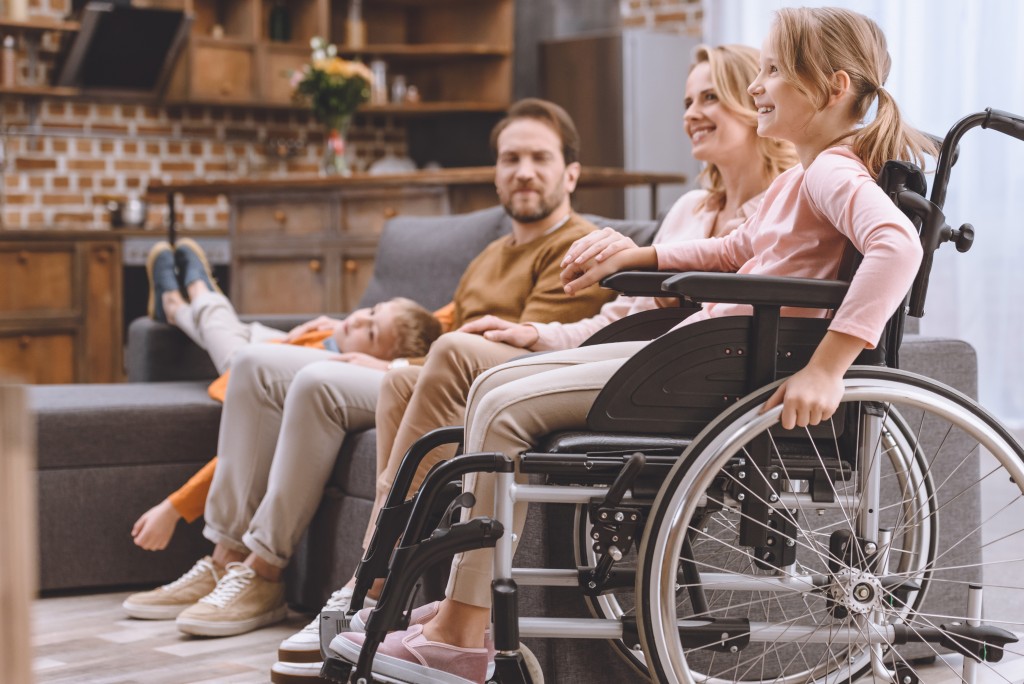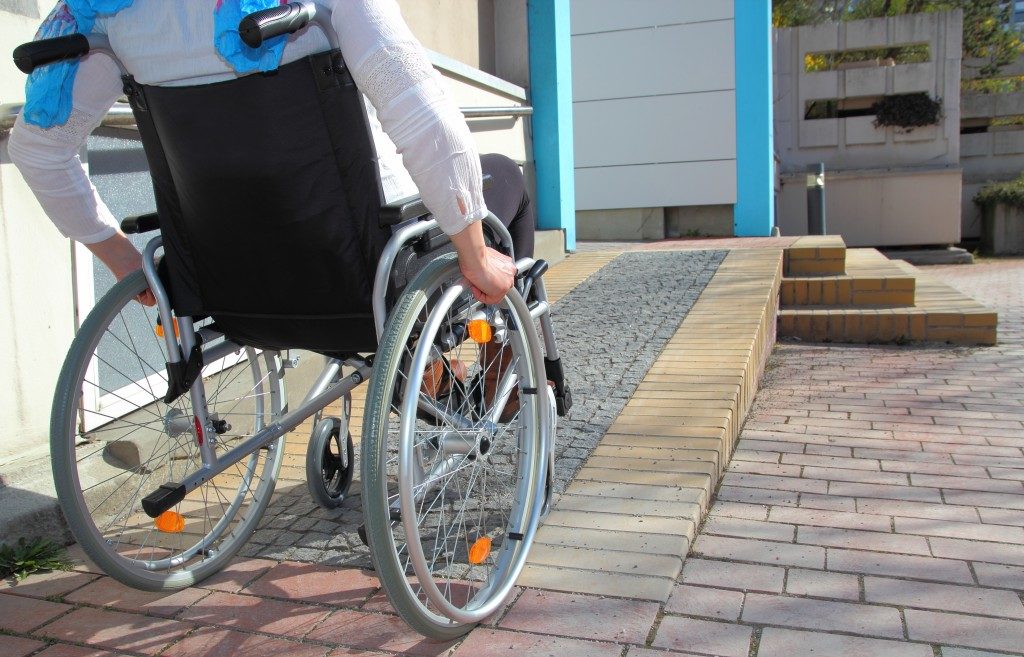Inclusive and Accessible Homes for the Handicapped

In the global census made by the World Health Organization or WHO, there are 15% of people with a particular disability. There are most likely 2-3% handicapped or individuals who have hindrances in functioning. Each year, their numbers increase in every country. To cope up with this, innovators have been thinking and planning different methods on how to make their lives easier. There have been rehabilitations and therapies to help them adapt to their environment. Hospitals and government health projects can help these individuals learn how to manage to do certain activities.
To further nurture their skills and abilities, proper education for future engagement in work must be given importance. There are inclusive employment places which accept and advocates in helping the handicapped perform in society. Lastly, the most important is for these individuals to have the assistance that they will need in the environment. Making equipment and places accessible is the key to functioning well, and it all starts at home.
Here are the areas that need to be tweaked for an inclusive and accessible home:
1. Ramps

Entering a house may be difficult for handicapped people, specifically those with wheelchairs. The best way to create an accessible entrance of their home is to install a ramp. Even malls and other establishments have this to ensure that everyone can have access anywhere. Putting a portable or permanent ramp is a simple solution for mobility problems.
2. Doors
There must be enough space for wheelchairs to pass through the doors. The minimum width should be more than 32 inches. There are some doors which close immediately. Do not install those since it hinders the passage of handicapped people. It may endanger them in just opening and closing doors.
3. Handrails
Handrails or grab bars are vital for people who need their upper body for support when walking. They can hold these rails when transferring to different parts of their home. This can avoid slipping and falling, most notably in the bathroom. Install grab bars to increase the mobility of these individuals.
4. Furniture
Items, objects and equipment around the house must be appropriately placed to prevent hazards. The small furniture on the floor that cannot be noticed should be removed. Make sure to have a big walking area or passageway so they can conveniently roam around the house. Remove things that can hurt them. As much as possible, provide furniture that can make their work easier. In Singapore, there are recommended side tables which can be bought online for a smoother transaction. These can be placed anywhere in the house to increase the accessibility of these individuals to smaller items. They can effortlessly take and drop something if they have side tables.
There are a lot of ways to make a home user-friendly and all-embracing. Start by considering what they need and act on the advocacy of making accessible houses for the comfort of handicapped people. Make sure that they can feel safe and secured while functioning in this environment.




